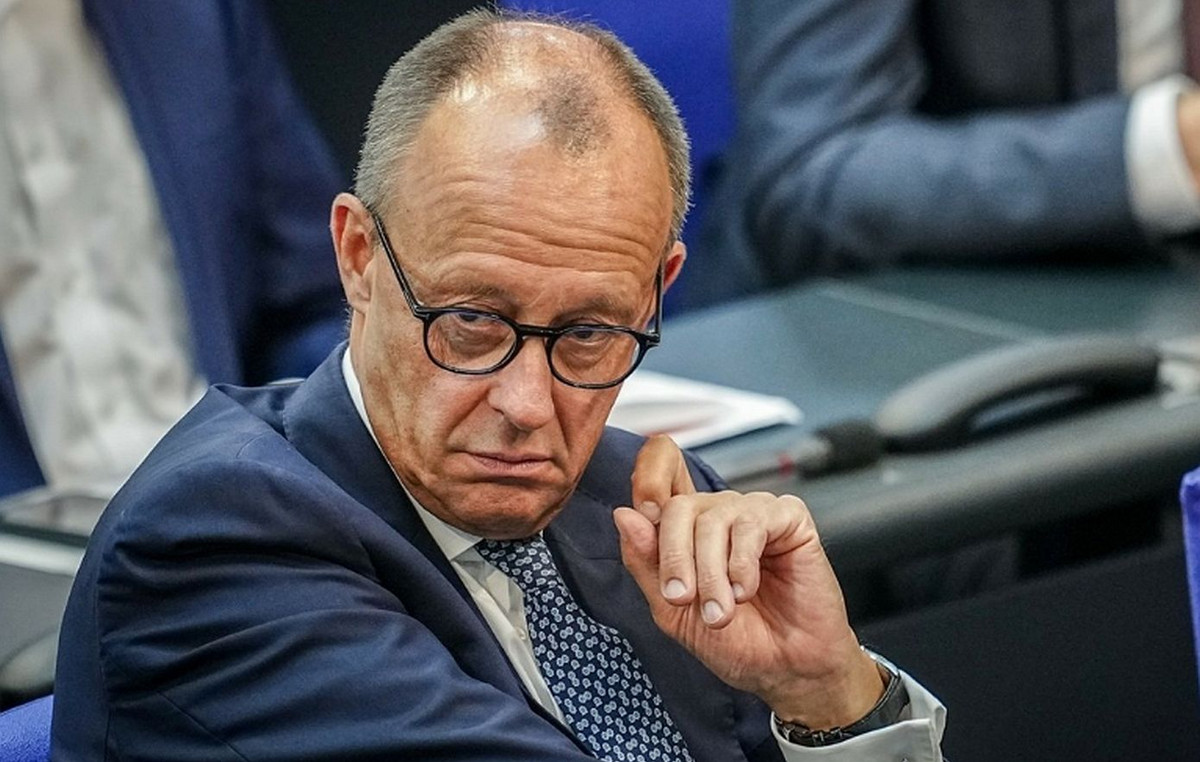The Third Section of the Superior Court of Justice (STJ) scheduled for this Wednesday (10) the judgment of the case of a black man accused in 62 criminal actions based only on his photographic recognition.
Their photos were taken from profiles on social networks, included in the suspects album at the Belford Roxo (RJ) police station, and started to be recognized by victims of robbery in the region.
Paulo Alberto da Silva Costa, a 36-year-old black man, has been in prison since 2020 for one of the cases. He worked as a janitor, and had never been arrested or charged with a crime.
According to data from the IDDD (Institute for the Defense of the Right to Defense), which monitors the case at the STJ, until the end of 2022, Paulo was acquitted in 17 cases, convicted in 11 and had two complaints against him rejected. 32 cases are still open.
The institute reports that there was no collection of evidence against the accused during the investigations, in addition to photographic recognition. Paulo was not even heard by the police.
“The acknowledgments were enough for the investigations to be completed by the police and forwarded to the Public Prosecutor’s Office, initiating criminal proceedings”, says the entity.
In an extensive document, of 152 pages, sent to the ministers of the STJ, the IDDD reports that Paulo worked as a doorman in a condominium of the Minha Casa Minha Vida program, where he lived, and supplemented his income by washing cars in the region until he was arrested in March 2020.
The charges against him involve 59 thefts of vehicles, cargo or passers-by, one reception, one homicide and one robbery, between December 2017 and March 2020.
Jurisprudence
The STJ ministers will jointly analyze several habeas corpus brought to the Court by Paulo’s defense, so that a uniform decision can be reached. The collegiate may establish a precedent on cases of nullity in the investigation of crimes that are based on photographic recognition.
The judgment in the Third Section of the Court brings together the justices of the two groups of criminal law of the STJ.
The jurisprudence of the STJ is that the recognition of suspects must follow the provisions of the Code of Criminal Procedure (CPP). The law requires that the procedure be done by placing people who have some similarity side by side.
Despite having no legal provision, recognition by photo is routine practice in police stations.
In these cases, the STJ understands that the practice must follow the CPP rule, and be a step prior to face-to-face recognition. In addition, it cannot be the only element for the accusation, and other evidence must be produced.
In the section in which the Sixth Panel of the STJ sent the case for analysis by the Section of the Court, on April 27, Minister Rogerio Schietti said that, in principle, the case is one of the “most tragic cases of conviction based on recognition of a suspect” .
“Obviously, a more in-depth examination will still be necessary, but, at first glance, it seemed to me to be one of the most tragic cases of conviction based on recognition of a suspect, in total disagreement with what the law determines and, now, in disagreement with what we advocate in our jurisprudence”, he declared. “It is important, yes, that we take the consideration of the Section as soon as possible”.
The Rio de Janeiro Public Defender’s Office, which defends Paulo along with the IDDD, said that the investigations against him have “a series of inconsistencies”. There is, for example, a description of the suspect with height incompatible with that of Paulo.
“In most cases, the photographic recognition did not occur on the same day as the complaint and, in one of them, the person who had said he did not recognize Paulo Alberto changed his mind a year later,” said the agency.
Another point highlighted is that the photographic recognition at the police station was “biased”.
“There is no official information in the police investigation records that indicate the reason why Paulo Alberto da Silva Costa, who had not even been in the police and was never arrested in flagrante delicto, became suspected of committing property crimes in the region. from that police station”.
Racism
Recognition by photo is pointed out as a practice that reinforces the structural racism of the justice system. A national survey carried out by the Rio de Janeiro Public Defender’s Office found that in 83% of cases of misrecognition, the people identified were black.
According to the National Council of Justice (CNJ), the data denounces that the procedure “is marked by the selectivity of the penal system and by structural racism”.
The board created a working group in 2021 to discuss the topic. At the end of 2022, the plenary of the body unanimously approved a resolution that establishes guidelines for carrying out the recognition of people in criminal procedures and processes and their evaluation within the scope of the Judiciary.
Among the main aspects of the resolution, we highlight the delimitation, by nature, of the recognition of people as evidence and the establishment that the recognition is carried out preferably by the face-to-face alignment of four people and, in case of impossibility, by the presentation of four photographs , observing, in any case, the guidelines of the resolution and the Code of Criminal Procedure.
The norm also provides that, in the impossibility of carrying out recognition according to these parameters, other means of proof must be prioritized.
According to the resolution, the entire recognition procedure must be recorded, with its availability to the parties, upon request.
Source: CNN Brasil
I’m James Harper, a highly experienced and accomplished news writer for World Stock Market. I have been writing in the Politics section of the website for over five years, providing readers with up-to-date and insightful information about current events in politics. My work is widely read and respected by many industry professionals as well as laymen.







